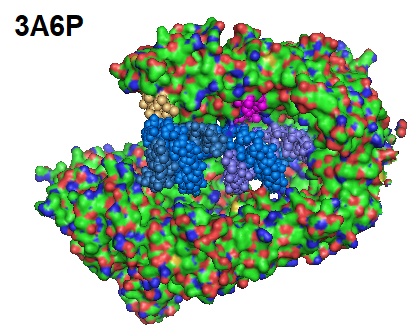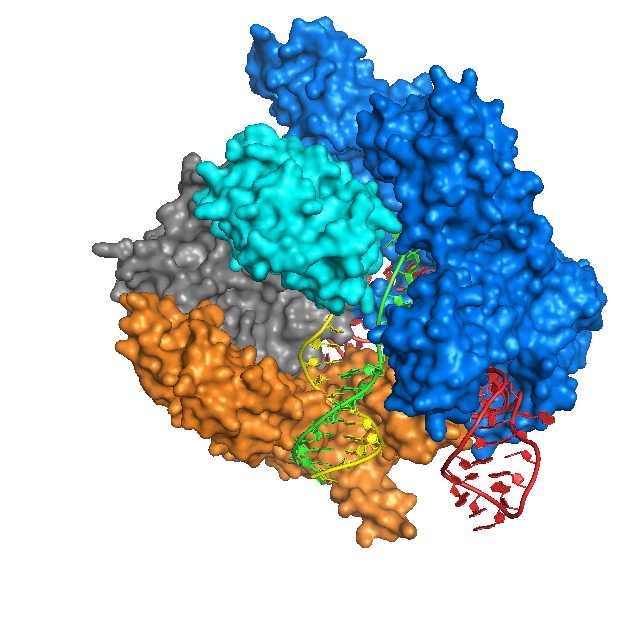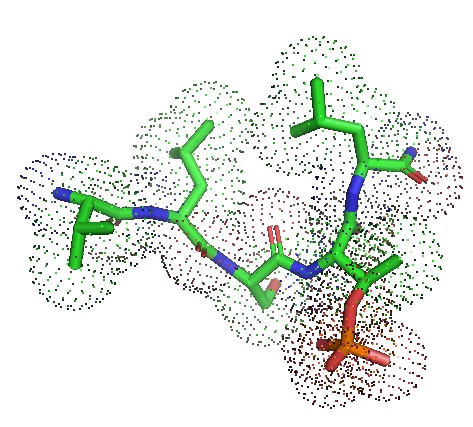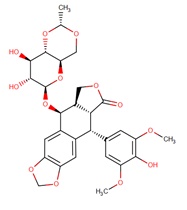|
|
|
Bio-Synthesis Newsletter - November 2018
|
miRNAs and Pain
 Micro RNAs (miRNAs) can modulate pain thresholds in dorsal root ganglion neurons. Chronic pain involves nerve damage causing neuropathic pain. Nociception, the sensory nervous system’s response to harmful stimuli or injuries is a protective response but also cause chronic pain. However, a variety of ways allows modulation of pain perception. In 2017, Peng et al. reported that a specific cluster of miRNAs could modulate pain perception. These findings indicate that new treatments of chronic pain involving miRNAs or miRNA mimics may be possible in the future. However, more research to elucidate pathways involved in pain modulation is needed. Micro RNAs (miRNAs) can modulate pain thresholds in dorsal root ganglion neurons. Chronic pain involves nerve damage causing neuropathic pain. Nociception, the sensory nervous system’s response to harmful stimuli or injuries is a protective response but also cause chronic pain. However, a variety of ways allows modulation of pain perception. In 2017, Peng et al. reported that a specific cluster of miRNAs could modulate pain perception. These findings indicate that new treatments of chronic pain involving miRNAs or miRNA mimics may be possible in the future. However, more research to elucidate pathways involved in pain modulation is needed.
|
|
Read More
|
|
|
A new Cas9 variant with a broad PAM combatibility
 Hu et al. recently reported the discovery of a Cas9 variant that recognizes a broad range of PAM sequences. A limitation to CRISPR-Cas9 based genome editing or similar applications is the requirement that the adjacent protospacer motif (PAM), NGG, be present at the target sequence. No natural or engineered Cas9 variants function less restrictive in mammalian cells. Hu et al. used phase-assisted continuous evolution for the evolution of an expanded PAM SpCas9 variant xCas9. xCas9 recognizes a broad range of PAM sequences including NG, GAA, and GAT. This new Cas9 variant expanded the targeting scope of CRISPR systems in mammalian cells. The use of BNA modified guide sequences together with the new Cas9 protein may allow a more comprehensive and selective use of CRISPR systems in mammalian cells. Hu et al. recently reported the discovery of a Cas9 variant that recognizes a broad range of PAM sequences. A limitation to CRISPR-Cas9 based genome editing or similar applications is the requirement that the adjacent protospacer motif (PAM), NGG, be present at the target sequence. No natural or engineered Cas9 variants function less restrictive in mammalian cells. Hu et al. used phase-assisted continuous evolution for the evolution of an expanded PAM SpCas9 variant xCas9. xCas9 recognizes a broad range of PAM sequences including NG, GAA, and GAT. This new Cas9 variant expanded the targeting scope of CRISPR systems in mammalian cells. The use of BNA modified guide sequences together with the new Cas9 protein may allow a more comprehensive and selective use of CRISPR systems in mammalian cells.
|
|
Read More
|
|
|
Phosphopeptides
 Phosphorylated peptides or phosphopeptides are useful tools for studying phosphorylation and dephosphorylation events in biological systems. The use of phosphopeptides allowed investigation of phosphatase substrate specificity, SH2 domain ligand specificity, as well as protein-protein interactions. Advanced synthetic methods now enable the preparation of phosphoamino acid building blocks, including caged phosphor-amino acid building blocks, useful for solid phase peptide synthesis of phospho-peptides. Phosphorylated peptides or phosphopeptides are useful tools for studying phosphorylation and dephosphorylation events in biological systems. The use of phosphopeptides allowed investigation of phosphatase substrate specificity, SH2 domain ligand specificity, as well as protein-protein interactions. Advanced synthetic methods now enable the preparation of phosphoamino acid building blocks, including caged phosphor-amino acid building blocks, useful for solid phase peptide synthesis of phospho-peptides.
|
|
Read More
|
|
|
Repair of DNA damage
 The innate immune system senses DNA damage as a molecular pattern. Dunphy et al. recently found that keratinocytes and other human cells mount the innate immune response within hours of etoposide-induced DNA damage and that this response involves the DNA Sensing adaptor STING. STING activation results in the induction of an acute innate immune response within hours of DNA damage. These findings indicate that STING acts as a signaling hub that integrates input signals from several sensors in the cell and shapes the resulting cell-intrinsic response, depending on the type of threat. The innate immune system senses DNA damage as a molecular pattern. Dunphy et al. recently found that keratinocytes and other human cells mount the innate immune response within hours of etoposide-induced DNA damage and that this response involves the DNA Sensing adaptor STING. STING activation results in the induction of an acute innate immune response within hours of DNA damage. These findings indicate that STING acts as a signaling hub that integrates input signals from several sensors in the cell and shapes the resulting cell-intrinsic response, depending on the type of threat.
|
|
Read More
|
|
|
|
|
Bio-Synthesis, Inc.
800 Mario Court, Lewisville, TX 75057, USA
Toll Free: 800.227.0627 | 1.972.420.8505 (Intl.)
|
|
|
|
|
|